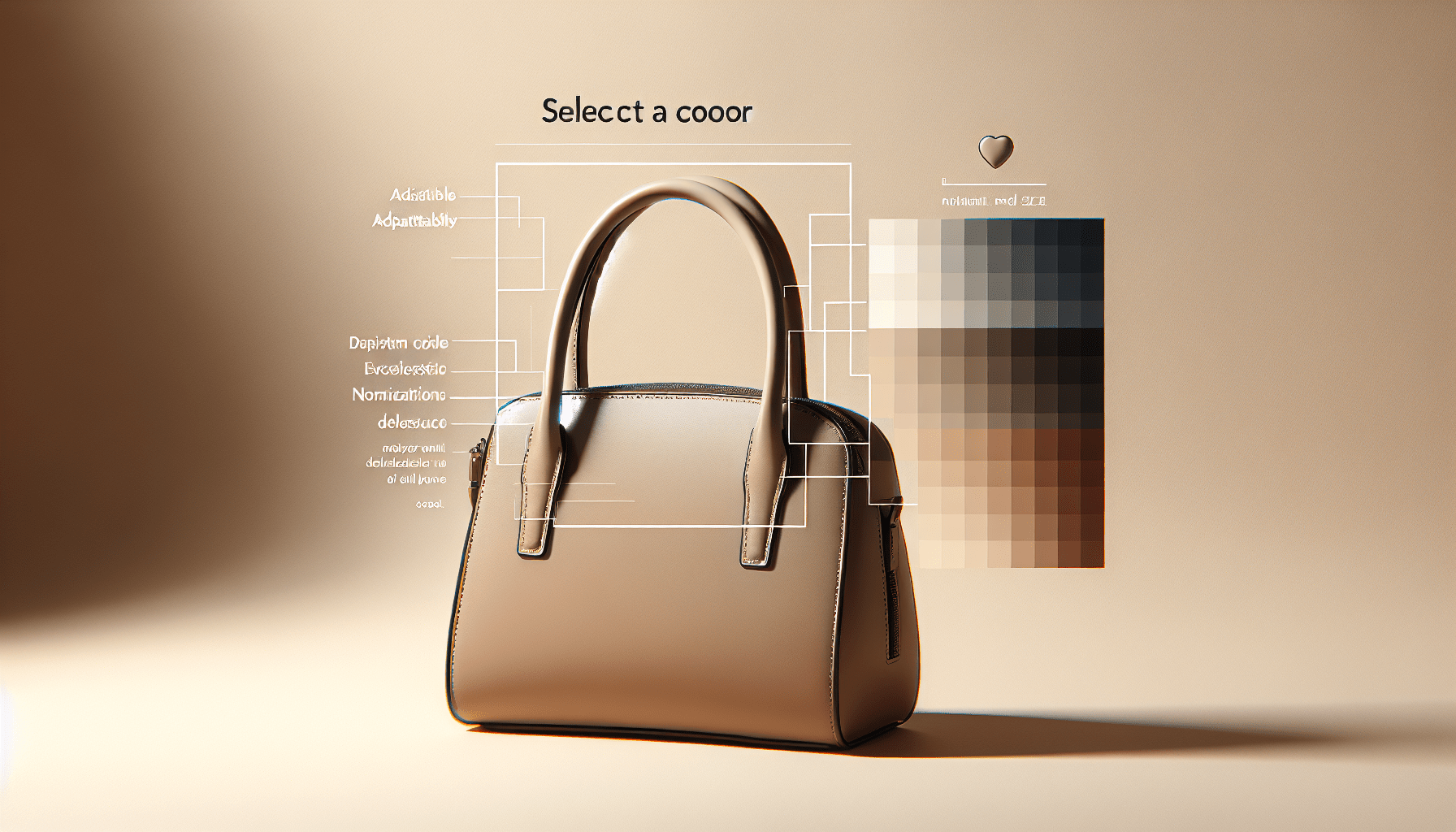What Size Backpacking Pack Do I Need
Planning a backpacking adventure? Choosing the right size backpacking pack is crucial for a successful and comfortable journey. But how do you determine the ideal pack size for your needs? In this article, we will explore the factors to consider when selecting the perfect size backpacking pack, such as trip duration, gear requirements, and personal preferences. Whether you’re a seasoned hiker or a novice explorer, understanding what size backpacking pack you need will ensure that you are well-prepared and ready to conquer the trails ahead. So, let’s get started on finding your perfect pack companion!
Factors to Consider
When choosing the right backpacking pack for your next adventure, there are several factors that you should consider. These factors include trip duration, trip type, season and climate, gear and equipment, as well as your personal preferences. By taking these factors into account, you can ensure that you have the perfect backpack for your needs.
Trip Duration
The duration of your trip plays a crucial role in determining the size of your backpack. Depending on how long you plan to be out in the wilderness, you will need to choose a pack that is spacious enough to accommodate all your gear and supplies.
Day Hikes
For shorter trips such as day hikes, a smaller backpack with a capacity of around 20-35 liters would be sufficient. These packs are lightweight and compact, making them ideal for carrying just the essentials for a day out on the trails.
Overnight Trips
If you’re planning an overnight trip, you will need a larger pack that can accommodate your overnight gear, such as a sleeping bag, tent, and extra clothing. A backpack with a capacity of around 40-60 liters should provide enough space for everything you need for a night in the great outdoors.
Multi-Day Trips
For multi-day trips, where you’ll be spending several nights in the wilderness, a backpack with a larger capacity of around 60-80 liters is recommended. This will allow you to carry all the necessary gear, food, and clothing for an extended period of time.
Long-Distance Hiking
If your adventure involves long-distance hiking, such as thru-hiking a trail or embarking on a climbing expedition, you may need an even larger pack with a capacity of over 80 liters. These packs are designed to hold all the essentials for extended trips where resupply points may be few and far between.
Trip Type
The type of trip you are planning is another important factor to consider when choosing the size of your backpack. Different types of trips require different gear and equipment, which will impact the size of the pack you need.
Backpacking
Backpacking trips typically involve hiking and camping in remote areas for an extended period of time. These trips require a larger backpack to accommodate all the necessary gear, including a tent, sleeping bag, cooking equipment, and food.
Thru-Hiking
Thru-hiking involves hiking a long-distance trail from start to finish, often spanning several weeks or months. Thru-hikers need a pack that can hold all their gear and supplies for the entire journey, as resupply opportunities may be limited.
Climbing Expeditions
Climbing expeditions require specialized gear such as ropes, harnesses, and climbing equipment. These extra items will take up more space in your backpack, so a larger capacity pack is necessary for these types of trips.
Adventure Travel
If your trip involves adventure travel activities such as kayaking, biking, or skiing, you may need to consider additional gear and equipment. These activities often require specialized gear that can be bulkier, so a larger backpack is recommended.
Season and Climate
Another important factor to consider when choosing a backpack is the season and climate in which you will be traveling. Different seasons and weather conditions call for different gear and clothing, which will affect the size of your pack.
Summer
In the summer months, when the weather is warm, you will likely need less clothing and insulation. This means you can opt for a smaller pack, as you won’t need as much space for bulkier items. A pack with a capacity of around 30-50 liters should be sufficient for summer adventures.
Winter
Winter trips require additional layers of clothing, as well as bulkier items such as a warm sleeping bag and extra gear. This means you will need a larger pack with a capacity of around 50-70 liters to accommodate all the necessary winter gear.
Rainy Seasons
If you’re planning a trip during the rainy season, you will need to consider waterproofing your gear and clothing. This may require additional space in your pack for dry bags and waterproof gear. A pack with a capacity of around 40-60 liters should provide enough space for rainy season adventures.
Variable Weather Conditions
If your trip is taking place in an area with variable weather conditions, where you can experience both warm and cold temperatures, you will need a pack that can accommodate all types of gear. A mid-sized pack with a capacity of around 40-60 liters should be suitable for these types of trips.
Gear and Equipment
The gear and equipment you plan to bring on your adventure will also play a role in determining the size of your backpack. Different activities require different gear, and some gear can be bulkier than others.
Basic Essentials
Regardless of the type of trip you’re embarking on, there are certain basic essentials that you’ll need to pack. These include items such as a sleeping bag, tent, cooking equipment, and clothing. Make a list of all the essential gear you’ll be carrying and make sure your backpack has enough space to accommodate them.
Specialized Gear
If your adventure involves activities such as climbing, mountaineering, or water sports, you will likely need to carry specialized gear. This gear can be bulkier and may require a larger backpack to accommodate it.
Cooking and Food Storage
If you plan on cooking your meals during your trip, you will need to consider the additional space required for cooking equipment and food storage. This may include a stove, cookware, and food containers. Ensure that your pack has adequate compartments or space to fit these items.
Sleeping Arrangements
Your sleeping arrangements, such as a sleeping bag and sleeping pad, will also take up space in your backpack. Consider the size and weight of your sleeping gear when choosing the size of your pack.
Personal Preferences
Your personal preferences and comfort level are important factors to consider when selecting a backpack. Everyone has different preferences when it comes to organization, fit, and convenience.
Minimalist Approach
If you prefer to travel light and carry only the essentials, you may opt for a smaller, more minimalist backpack. These packs are lightweight and streamlined, allowing you to move more freely on the trails.
Comfort and Convenience
If comfort is a top priority for you, you may prefer a backpack with additional padding and features that enhance comfort, such as adjustable straps and a supportive hip belt. Look for packs that offer ergonomic design and padding in the areas that come into direct contact with your body.
Organization and Access
Some backpackers prefer a pack with multiple compartments and pockets for easy organization and access to their gear. If you like to have everything in its place and readily accessible, choose a backpack with these features.
Fit and Adjustable Features
Having a backpack that fits properly is crucial for a comfortable and enjoyable trip. Look for packs that offer adjustable features such as shoulder straps, hip belts, and torso length, so you can find the perfect fit for your body.
Understanding Backpack Volume
When choosing a backpack, it’s important to understand how backpack volume is measured and what the different sizes mean.
Liters and Cubic Inches
Backpack volume is typically measured in liters or cubic inches. Liters are the most commonly used unit of measurement in the backpacking industry.
How to Measure Backpack Volume
To measure the volume of a backpack, manufacturers calculate the sum of all the compartments, pockets, and main storage areas. This gives you the total volume that the backpack can hold.
Sizing Guidelines
While backpack volume is measured in liters or cubic inches, it’s important to note that the size alone may not be an accurate representation of how it will fit your needs. Different manufacturers may have different sizing guidelines, so it’s always a good idea to try on the backpack and ensure that it feels comfortable and fits your body well.
Tips to Choose the Right Size
Here are some tips to help you choose the right size backpack for your needs:
Pack Weight
Consider the weight of your gear and how it will be distributed in your pack. Heavier gear may require a larger pack to ensure a comfortable fit.
Pack Dimensions
Pay attention to the dimensions of the pack, including the length, width, and depth. Ensure that the pack is not too long or too short for your torso length.
Try Before You Buy
Whenever possible, try on the backpack before making a purchase. Walk around with it, adjust the straps, and see how it feels on your back. This will give you a better idea of whether the backpack is the right size and fit for you.
Consider Future Needs
Think about your future adventures and whether you plan to use the backpack for different types of trips. If you anticipate needing a larger pack in the future, it may be worth investing in a more versatile backpack that can accommodate your changing needs.
Pack Size Recommendations
Based on the factors mentioned above, here are some pack size recommendations for different types of trips:
Day Hikes
For day hikes, a backpack with a capacity of around 20-35 liters should be sufficient to carry your essentials.
Overnight Trips
For overnight trips, consider a backpack with a capacity of around 40-60 liters to accommodate your overnight gear and supplies.
Multi-Day Trips
Multi-day trips require a larger pack with a capacity of around 60-80 liters to hold all the necessary gear and supplies for an extended period of time.
Thru-Hiking
If you’re planning a thru-hike, you may need a larger pack with a capacity of over 80 liters to carry all your gear and supplies for the duration of the journey.
Climbing Expeditions
Climbing expeditions often require specialized gear, so a larger capacity pack of over 60 liters is recommended to accommodate the additional equipment.
Adventure Travel
For adventure travel trips involving activities such as kayaking, biking, or skiing, consider a larger pack with a capacity of over 60 liters to accommodate the bulkier gear necessary for these activities.
Conclusion
Choosing the right size backpacking pack is essential for a comfortable and successful adventure. By considering factors such as trip duration, trip type, season and climate, gear and equipment, as well as your personal preferences, you can ensure that you select the perfect pack for your needs. Take the time to try on different packs, consider the volume and dimensions, and think about your future needs. With the right backpack, you’ll be well-prepared for your next outdoor expedition.




